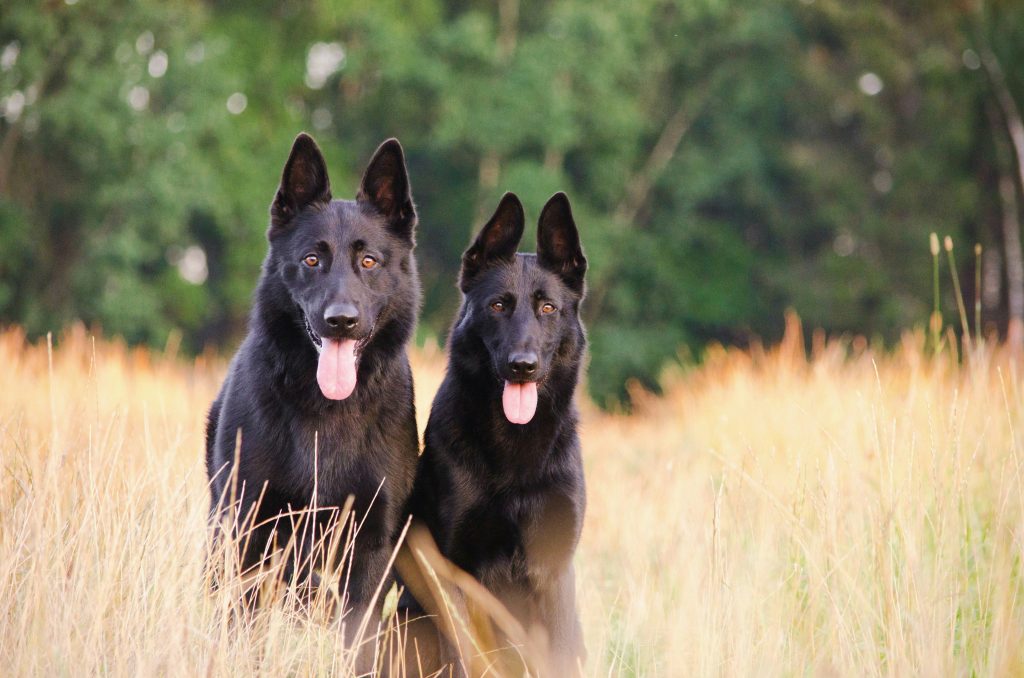Your home is more than a place to live—it’s your dog’s entire world. Every sound, smell, and sensation shapes how your dog feels day to day. By thoughtfully designing your space with your dog’s comfort and well-being in mind, you can create a sanctuary where they feel calm, safe, and loved.
Mindful dog ownership doesn’t end with good food and regular walks. It also includes intentionally crafting a home that nurtures your dog’s physical and emotional needs.
Let’s explore how to make your home a peaceful haven for your four-legged companion.

1. Designate a Safe, Quiet Space
All dogs benefit from a “safe zone”—a quiet, cozy area where they can retreat when they need rest or solitude.
Create this space with:
- A comfy bed or crate
- Soft blankets and familiar scents
- Low light or a covered crate for coziness
- A space away from high-traffic areas
This is especially helpful during storms, parties, or overwhelming days. Having a private area builds your dog’s sense of security.
2. Minimize Loud Noises and Stress Triggers
Dogs have highly sensitive hearing. Sudden noises (vacuums, slamming doors, loud music) can startle or stress them out.
Mindful adjustments include:
- Using rugs or mats to muffle footsteps
- Closing windows during fireworks or storms
- Playing soft classical or calming music
- Avoiding yelling or sharp tones in common areas
Your dog doesn’t expect silence, but consistent calmness makes a big difference.
3. Use Natural Light and Fresh Air
Natural light supports your dog’s circadian rhythm and boosts mood. Similarly, fresh air can reduce indoor toxins and create a more balanced environment.
Easy tips:
- Open blinds during the day
- Let your dog sunbathe near a window
- Use fans or open windows for airflow (with screens secured)
- Keep houseplants that are pet-safe to freshen the air
A brighter, cleaner environment lifts everyone’s spirits—including your dog’s.

4. Keep Essentials Organized and Accessible
Mindful ownership includes reducing chaos. Keep your dog’s items tidy and in consistent places:
- Leash by the door
- Food and water in a quiet, low-traffic area
- Toys in a bin or basket your dog can reach
- Treats in a sealed container for freshness
A predictable setup helps your dog feel more in control of their space—and reduces stress around meal or walk times.
5. Provide Mental and Sensory Enrichment
Boredom is one of the top causes of behavior issues. Keep your dog’s mind engaged with sensory stimulation:
Options include:
- Puzzle feeders or treat-dispensing toys
- Chew toys rotated weekly to stay novel
- Scent games (hide treats around the house)
- A view of the outdoors or dog TV when home alone
A mentally enriched dog is calmer, happier, and less destructive.
6. Use Calming Scents and Textures
Just as humans use aromatherapy and cozy textures to relax, dogs benefit from soothing environments too.
Try:
- Lavender (pet-safe diffused or in sprays)
- Chamomile-based dog products
- Soft blankets or a memory foam dog bed
- Rubbing a shirt with your scent onto their bedding
Comfort cues like these promote rest and emotional grounding.
7. Avoid Over-Cluttered or Overstimulating Spaces
Too many sights, smells, and sounds can overstimulate your dog. Simplifying your home’s layout (especially in dog areas) can promote calm behavior.
Keep it minimal:
- Limit toys to a few favorites
- Store food and treats out of sight
- Keep training and grooming supplies in designated drawers
- Avoid letting your dog freely roam cluttered or busy rooms
Mindful simplicity gives your dog mental breathing room.

Final Thoughts
Creating a mindful home environment doesn’t mean you need a pet-perfect house—it means shaping your space with awareness and intention. Your dog thrives in a home that feels safe, calm, and consistent.
When your space reflects your care, your dog feels it. You’re not just providing shelter—you’re providing sanctuary.
And that’s the essence of mindful dog ownership: being present, aware, and compassionate—in every corner of your shared life.
